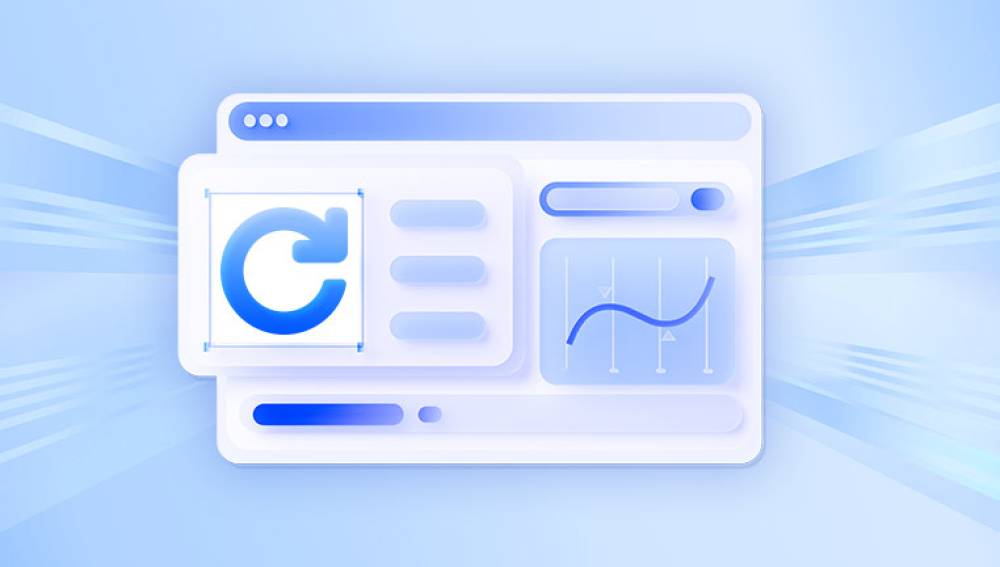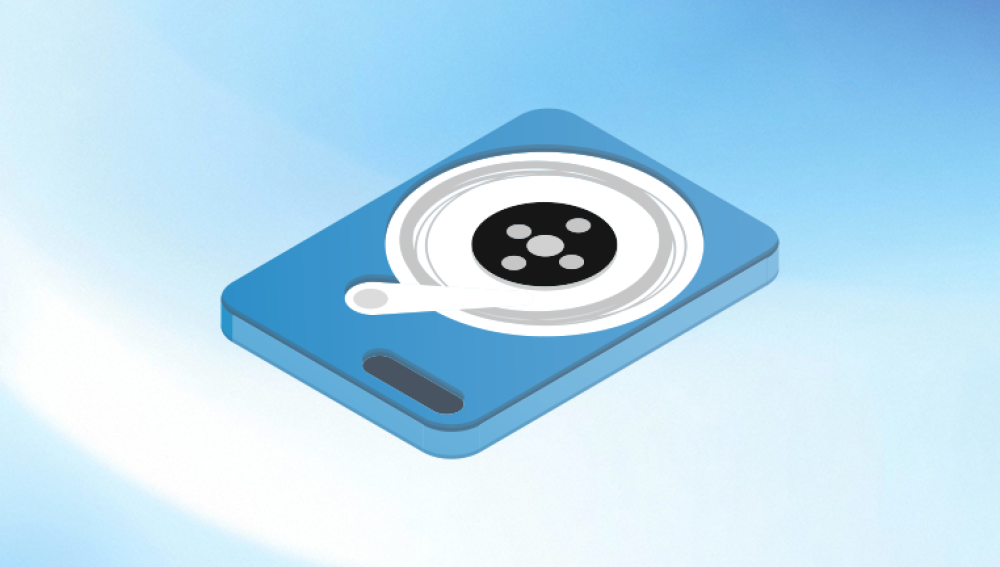Repairing a physically damaged hard drive is a complex task that depends on the extent and type of damage. While some physical damages can be repaired to recover data, others may render the drive permanently unusable.
1. Physical Damage in Hard Drives
Hard drives are intricate devices composed of several delicate components, such as platters, read/write heads, spindle motors, and electronic circuits. Physical damage can occur due to various reasons:
Impact or Drop: Dropping a hard drive or subjecting it to a strong impact can cause internal components to become misaligned or damaged.
Water Damage: Exposure to water or other liquids can corrode internal components, leading to malfunction.
Fire Damage: High temperatures can warp or melt components, causing irreversible damage.
Electrical Damage: Power surges or electrical shorts can fry the drive's electronics.
Wear and Tear: Over time, the mechanical parts of a hard drive can wear out, leading to failure.

2. Types of Physical Damage
Head Crash: One of the most common forms of physical damage is a head crash. This occurs when the read/write heads come into contact with the spinning platters, often due to a drop or jolt. The heads can scratch the platter surface, leading to data loss.
Motor Failure: The spindle motor that spins the platters can fail, either due to wear or physical shock. Without a functioning motor, the drive cannot operate.
PCB Failure: The printed circuit board (PCB) controls the operation of the hard drive. A failure here, often caused by a power surge, can render the drive inoperable.
Platter Damage: Severe impacts or exposure to contaminants like dust or smoke can damage the platters, the part of the drive where data is stored. Scratched or warped platters are particularly challenging to repair.
Connector Damage: Damage to the drive's connectors can occur if the drive is plugged in or removed improperly. While this is easier to fix than other types of physical damage, it still requires specialized tools.
3. Can Physical Damage Be Repaired?
The short answer is "it depends." Repairing a physically damaged hard drive is not like fixing a piece of electronics where replacing a faulty component may restore functionality. Due to the sensitive nature of hard drives, even minor repairs require a sterile, dust-free environment, known as a cleanroom. Here’s a breakdown of the possibilities:
Head Replacement: In cases of a head crash, the read/write heads can sometimes be replaced. This is a delicate operation that must be done in a cleanroom to avoid dust particles damaging the platters. Even with head replacement, there’s no guarantee of complete data recovery, as the platters may have been scratched.
Motor Replacement: If the spindle motor fails, it may be possible to replace it. However, this involves disassembling the drive in a cleanroom, and aligning the new motor perfectly is crucial. Even a tiny misalignment can render the drive unusable.
PCB Replacement: Replacing a failed PCB is one of the more straightforward repairs. However, each hard drive’s PCB is uniquely programmed, meaning that finding an exact match is essential. In some cases, firmware from the old PCB must be transferred to the new one.
Platter Transplant: In cases where the platters are intact but other components are damaged, the platters can sometimes be transplanted into a new drive. This process requires extreme precision, as even the slightest error can result in data loss.
Temporary Solutions for Data Recovery: In some cases, temporary fixes can be applied to recover data, such as freezing the drive (a controversial and risky technique) or using specialized software to bypass damaged sectors. These methods do not repair the drive but may allow for data recovery long enough to transfer it to a new drive.
4. Challenges in Repairing Physical Damage
Cleanroom Requirements: As mentioned, hard drives must be opened in a cleanroom environment to avoid contamination. Even a single dust particle can cause a head crash or further damage the platters.
Specialized Tools and Knowledge: Repairing physical damage requires specialized tools and in-depth knowledge of hard drive mechanics. This is not something that can be done with standard electronics repair tools.
Data Recovery vs. Drive Repair: The primary goal of most hard drive repairs is not to return the drive to a fully functional state, but to recover the data stored on it. In many cases, the drive will never be usable again, even if the data is successfully recovered.
Cost Considerations: Physical repair of a hard drive is often costly, especially if professional data recovery services are required. The cost can range from a few hundred to several thousand dollars, depending on the extent of the damage and the complexity of the repair.
Success Rate: Not all repairs are successful. The success rate depends on the type and extent of the damage, the tools and expertise available, and sometimes, luck. Even in the best scenarios, there’s no guarantee that all data will be recoverable.
5. When to Attempt a Repair
If your hard drive has suffered physical damage, it’s important to know when to attempt a repair and when to seek professional help:
DIY Repairs: Unless you have access to a cleanroom and the necessary tools, attempting to repair a physically damaged hard drive yourself is not recommended. DIY repairs can make the damage worse and reduce the chances of successful data recovery.
Professional Data Recovery Services: If the data on the drive is valuable, professional data recovery services are the best option. These services have the tools, expertise, and cleanroom facilities needed to attempt repairs and recover data.
Replacement vs. Repair: Sometimes, replacing the hard drive and using a backup to restore data is the most practical solution. Regular backups are crucial to avoid data loss in case of drive failure.
6. Preventing Physical Damage
Preventing physical damage to hard drives is far easier and more cost-effective than attempting to repair it. Here are some preventative measures:
Handle with Care: Always handle hard drives carefully, especially when moving them from one location to another. Avoid dropping or jostling the drive.
Use Protective Enclosures: External hard drives should be stored in protective cases that cushion against impacts.
Keep Drives Cool: Overheating can cause damage to internal components, so ensure that hard drives are kept in a cool environment.
Avoid Water Exposure: Keep hard drives away from liquids and in a dry environment to prevent water damage.
Use Surge Protectors: Protect your hard drives from electrical damage by using surge protectors and ensuring that power supplies are stable.




